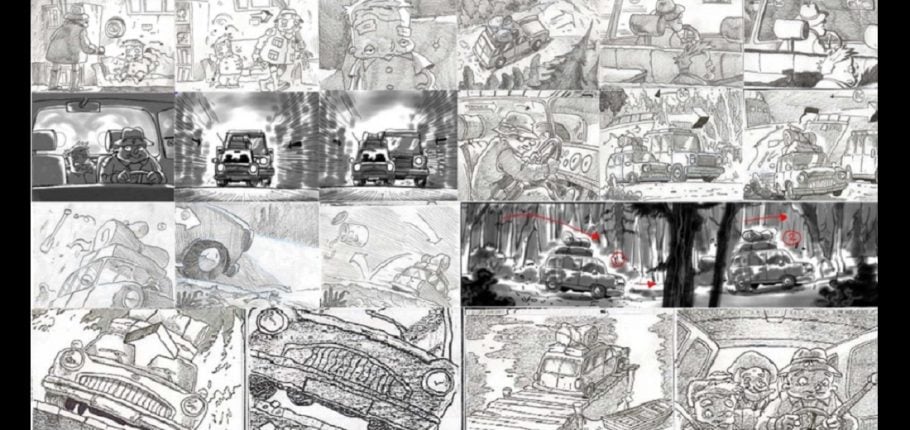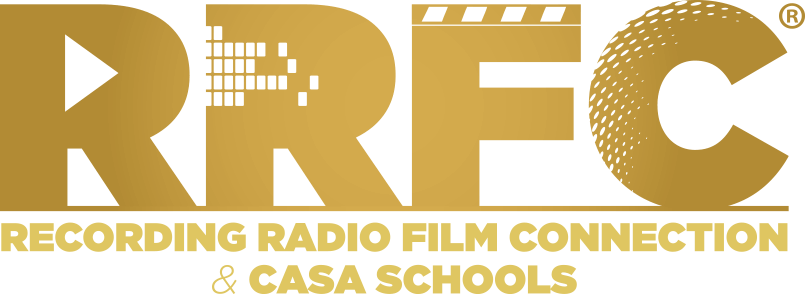
Should You Storyboard?
Shark Week. Magnetic resonance imaging (MRI) machines. Southwest Airlines. As legend has it, all three ideas came from sketching out an idea on a cocktail napkin. While there’s no way of knowing for sure if these stories are 100 percent accurate (or if a few cocktails helped along the way), creating visuals can lead to big things.
Almost every industry uses some kind of visual – a flowchart, schematic, or blueprint – to create a roadmap for project completion. That’s what a storyboard can do for you: a series of cocktail napkins that leads you from once upon a time to happily ever after.
What is a storyboard?
In simplest terms, it’s a series of images outlining a story. It can contain text but primarily uses images to plan a movie, animated feature, or even safety videos for a manufacturing plant. No matter if it’s a five-minute animated short or a nine-hour miniseries, it all starts with a card pinned to a wall.
Are storyboards worth the time?
Did you know that creating a storyboard takes more time than not storyboarding. After all, a storyboard could take a day, week, or longer to create. If your drawing skills are less than proficient, it may take even longer. Doodling not in your DNA? Hiring an artist takes even more time and could cost more than you’re willing to spend.
So, no, a storyboard isn’t necessary. However, there’s a reason “fail to plan, plan to fail” is such a popular phrase. While storyboarding could cost money at the start and push timelines back, it pays off in the long run by streamlining production. Plus, your crew can have a visual starting point so that backgrounds, lighting, and essential props are in place before you start shooting.
It may also head off potential problems along the line. The script may call for the lead to shoot from the hip, but there’s no place for wildcards during production. It’s much easier to handle pain points when they show up on a 3×5 index card instead of a city block that’s been closed off for two weeks!
Is there a better way to crop a shot? Would a different angle lead to a better transition? Does the entire third act fall apart once laid out? With a storyboard, you’ll know. You’ll also know when to combine shoots at a location, when you’ll need a camera crane, or when to get permits to close that city block.
Are there drawbacks to storyboarding?
Are there times storyboarding isn’t necessary, or even harmful to a production? Absolutely. Producing a storyboard for My Dinner With Andre would take all of three hours. Jokes aside, a detailed storyboard may not be as necessary for a 30-minute comedy set as it is for a superhero blockbuster.
Additionally, a storyboard with too many specifics may unnecessarily handcuff actors, stifling their ability to organically create emotion. No, you don’t want surprises during filming, but you still want to allow for the occasional flashes of brilliance that can’t be planned.
Starting with a cocktail napkin and ending with a completed storyboard allows you to lay out your film, video, or animated short. They can be as simple as stick figures facing each other or intricate enough to find the right color of green for the grass.
Whether it’s to help with planning, improve blocking, or just to show backers your vision, storyboards give you the chance to shoot your movie before actually shooting your movie. Industries around the world all have some kind of project planning – make storyboarding yours.
Achieving Flow: Enter the Vortex
Deciphering What You Really Want
Five Played Out Scenes We NEVER Want To See Again



